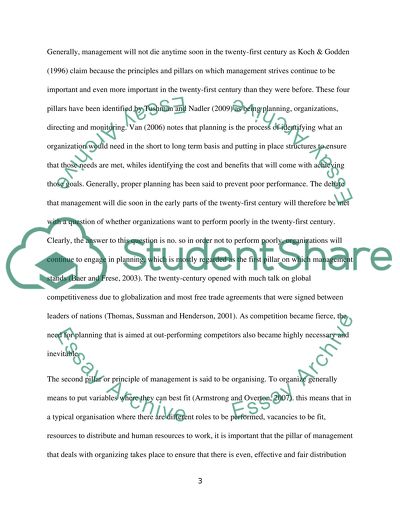Cite this document
(“HR Essay Example | Topics and Well Written Essays - 1250 words - 1”, n.d.)
HR Essay Example | Topics and Well Written Essays - 1250 words - 1. Retrieved from https://studentshare.org/human-resources/1491457-individual-essay
HR Essay Example | Topics and Well Written Essays - 1250 words - 1. Retrieved from https://studentshare.org/human-resources/1491457-individual-essay
(HR Essay Example | Topics and Well Written Essays - 1250 Words - 1)
HR Essay Example | Topics and Well Written Essays - 1250 Words - 1. https://studentshare.org/human-resources/1491457-individual-essay.
HR Essay Example | Topics and Well Written Essays - 1250 Words - 1. https://studentshare.org/human-resources/1491457-individual-essay.
“HR Essay Example | Topics and Well Written Essays - 1250 Words - 1”, n.d. https://studentshare.org/human-resources/1491457-individual-essay.


